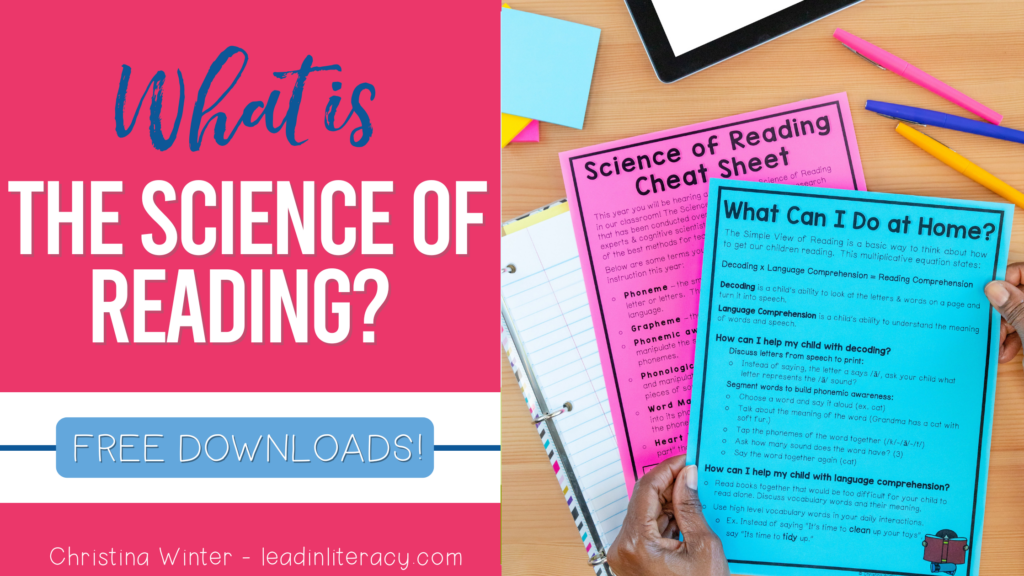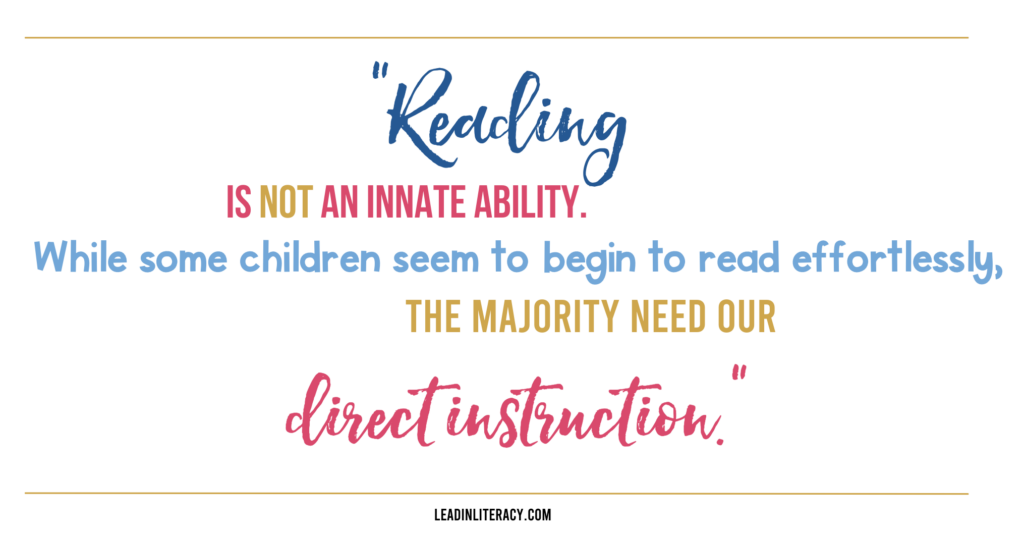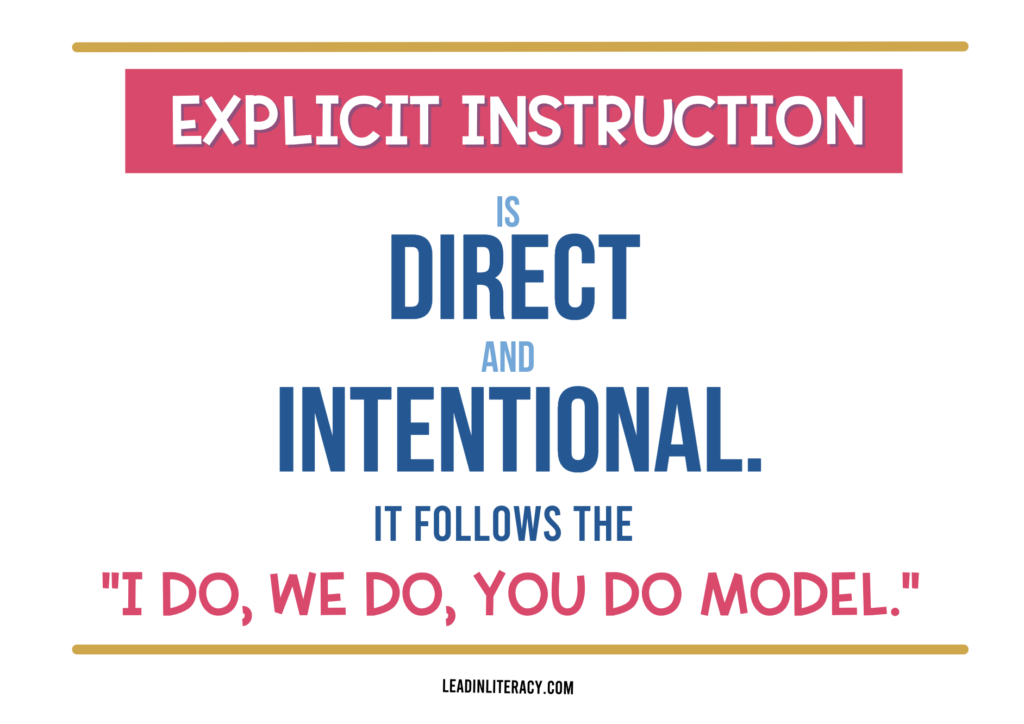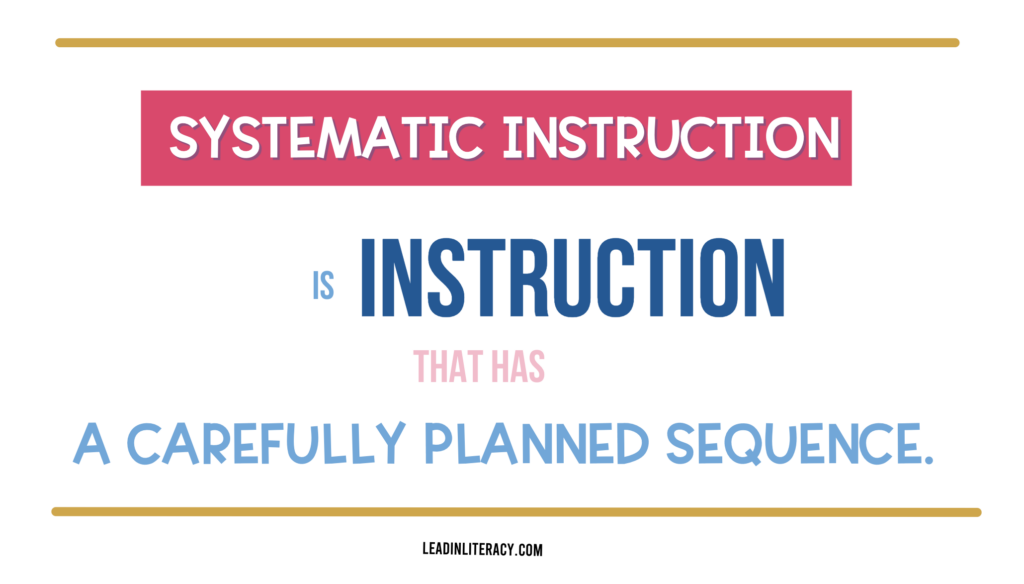In this post, I answer the question, “What is the Science of Reading?” I explain the research behind how children learn to read and offer you FREE resources and information to help you bring SoR-aligned instruction into your classroom!
As primary educators, teaching our students to read is one of our most important responsibilities. While it’s not always an easy task, we’re fortunate to teach at a time when there’s a wealth of research to guide us. This research is known as the Science of Reading (SoR).
Whether you’re just beginning to explore the Science of Reading or looking to deepen your understanding, I’m eager to break it down for you in a manner that’s clear, practical, and easy for you to share with colleagues and families.

What is the Science of Reading?
The Science of Reading refers to a vast body of research—thousands of studies conducted worldwide—across fields like education, psychology, cognitive science, and neuroscience. These studies focus on how the brain learns to read and which instructional methods are most effective for ALL students.
A key takeaway from this research is that reading is not a natural process. Unlike speaking, which humans acquire naturally through exposure, reading must be taught. While some children seem to pick up reading effortlessly, the majority need explicit and systematic instruction.

The Science of Reading helps educators:
✅ Understand how children learn to decode and comprehend written text
✅ Use evidence-based instructional strategies that benefit all students
✅ Address the needs of struggling readers with targeted interventions
✅ Move beyond instructional trends and focus on what the research truly supports
What Does the Science of Reading Recommend?
The Science of Reading recommends a Structured Literacy instructional approach. Structured literacy emphasizes highly explicit and systematic teaching of all key components of reading instruction.
Structured Literacy Instruction Includes:
Phonology:
- Focuses on phonological awareness, including phonemic awareness (the ability to hear and manipulate individual sounds in words).
- Examples include: Rhyming, segmenting words into sounds, and clapping syllables.
Sound-Symbol Association:
- Teaches students to connect sounds (phonemes) with letters (graphemes).
- Helps students blend sounds to read words and segment words to spell them.
Syllable Instruction:
- Students learn to break longer words into syllables. This helps make reading and spelling easier for students, especially when they encounter longer words.
- Syllable instruction also builds reading fluency.
Morphology:
- Focuses on understanding base words, prefixes, and suffixes (the smallest units of meaning).
- For example, knowing that un- means “not” helps students understand words like unhappy or undo.
Syntax:
- Teaches sentence structure, grammar, and punctuation to help students understand how words work together.
Semantics:
- Focuses on comprehension and understanding word meaning within context.
Structured Literacy ensures students are taught how to read and understand text through methods supported by research and science—not guesswork.
Explicit vs. Systematic Instruction
Explicit Instruction:
- Teachers directly explain, model, and guide students through new concepts.
- Lessons follow the “I do, We do, You do” approach, ensuring students have guided practice before working independently.

Systematic Instruction:
- Instruction is delivered in a logical sequence—from simple to complex.
- Skills are built gradually, ensuring students aren’t asked to do something they haven’t been taught.

Together, explicit and systematic instruction provide the structure most students need to become proficient readers.
How Can You Get Started with the Science of Reading?
Shifting to a Science of Reading-aligned approach can feel overwhelming—but it doesn’t have to be! Small, intentional changes in your instruction can and WILL make a big difference.
To make the transition easier, I’ve created a FREE Science of Reading Toolkit filled with ready-to-use resources for your K-2 classroom, including:
✅ A Science of Reading-aligned Phonics scope and sequences for K-2
✅ A Phoneme-Grapheme Dictionary
✅ Editable parent letters to explain the Science of Reading & Heart Words
✅ Teaching posters for syllable types and high-frequency words
✅ Word mapping mats (including fun seasonal options!)

Drop your email below to get this SoR TOOLKIT instantly!
Are you eager for even more? Take look at the blog post, 3 Steps to Structured Literacy. In it, I’ve shared specific instructional changes and free sample resources to help you better align your instruction to the science of reading.
The Science of Reading isn’t a program or a passing trend—it’s a research-based approach that helps us teach reading more effectively. By grounding our instruction in science, we give all students the opportunity to succeed.
